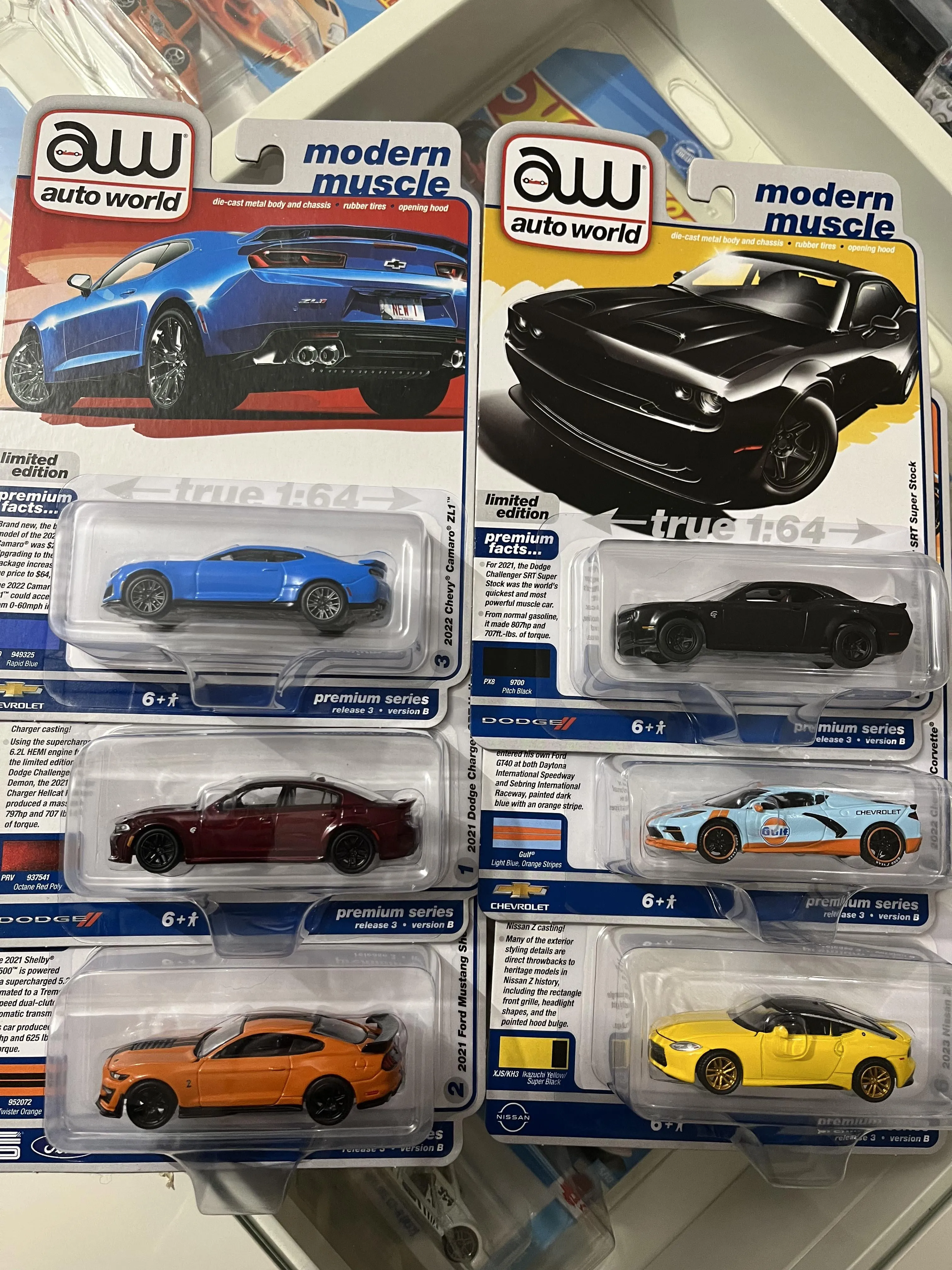What are Diecast Cars?
Diecast cars are miniature replicas of real-life automobiles, meticulously crafted to capture the essence of their full-sized counterparts. These aren’t just toys; they’re detailed models produced using a specialized manufacturing process called die casting. This process involves injecting molten metal—typically zinc alloys, though sometimes aluminum or steel—into molds to create intricate shapes. The resulting models are then finished with paint, decals, and other details to replicate the appearance of the original vehicles. From classic cars to modern supercars, diecast models offer a diverse range of subjects for collectors and enthusiasts.
The History of Diecast Cars
The history of diecast cars is a fascinating journey that mirrors the evolution of the automobile itself. The earliest examples emerged in the early 20th century, initially as promotional items or toys. The techniques for die casting were developing at this time, and manufacturers recognized the potential to create accurate and durable miniature vehicles. These early models were often simple in design, but they laid the groundwork for the incredibly detailed models we see today. As the popularity of cars soared, so did the demand for diecast models, leading to more sophisticated designs and a wider variety of vehicles.
Early Development of Diecast Cars
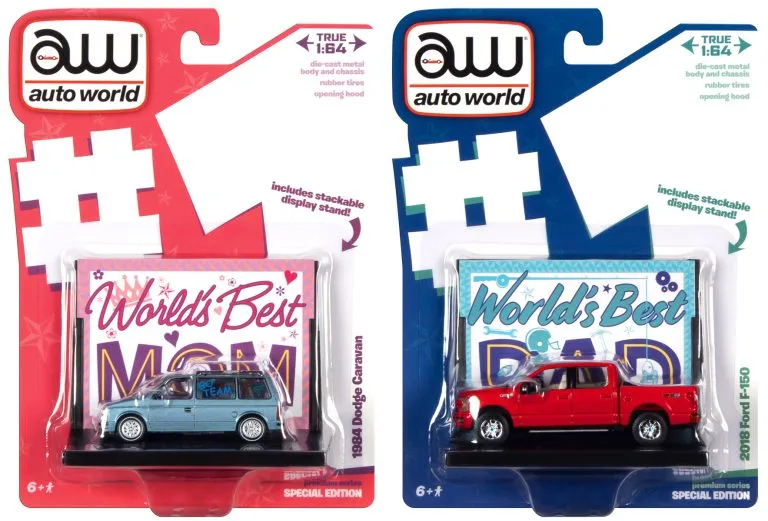
The origins of diecast cars can be traced back to the early 1900s. Early models were crude, but innovative for their time. These vehicles were primarily made of lead or tin. These materials were replaced with more durable and detailed materials as die-casting technology progressed. Early models were also a response to the public’s growing interest in automobiles.
The Rise of Popularity
The popularity of diecast cars grew significantly after World War II. Improved manufacturing techniques and the increasing availability of materials contributed to this growth. Furthermore, the rise of car culture and a growing interest in collecting and model building helped to propel the diecast car hobby. Companies like Dinky Toys and Corgi Toys became household names, creating models that were highly sought after by children and adults alike. The increasing detail and accuracy of these models made them popular.
Key Features of Diecast Cars
Diecast cars are characterized by a number of key features that distinguish them from other types of model cars. These features are what make them so appealing to collectors. The most obvious is the use of die-casting, which allows for intricate detailing and accurate replication of real-world vehicles. This process produces a robust and heavy model. Paint quality, the accuracy of the body lines, and the inclusion of detailed interiors and exteriors are other important features. The presence of opening doors, hoods, and trunks add realism and play value. Diecast models often have functional features like working steering and suspension, further enhancing their appeal.
Scale and Detailing
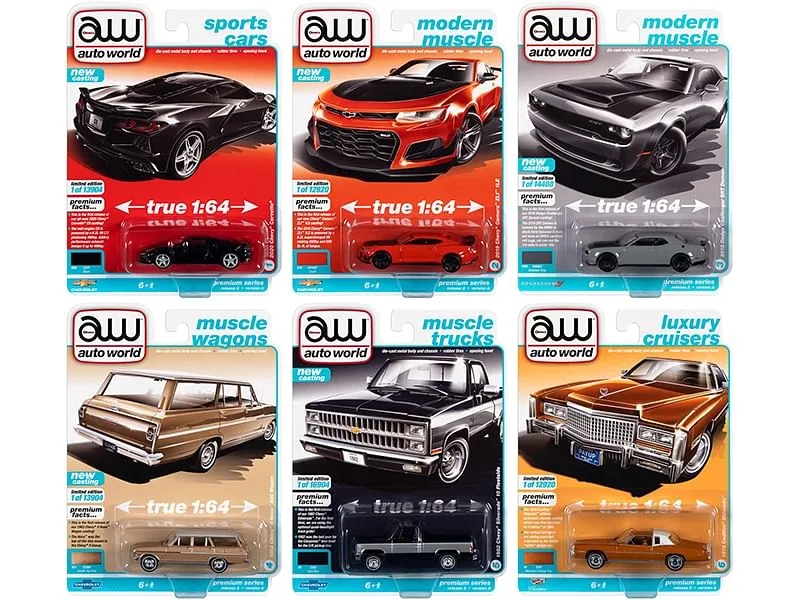
Scale is one of the most important aspects of diecast car collecting. Common scales include 1:18, 1:24, 1:43, and 1:64, with each representing a different ratio of the model’s size to the real car. The detailing on these models is also impressive. Features include accurate body panels, realistic tires, and detailed engine components. Some models include functional parts like opening doors, trunks, and hoods. This attention to detail is what draws collectors to these models.
Materials and Manufacturing
The manufacturing of diecast cars involves several steps. First, a mold is created, usually made of steel, with the exact shape of the car. Molten metal, typically a zinc alloy, is injected into the mold under high pressure. Once the metal cools and solidifies, the model is removed. The model is then cleaned and prepped for painting. High-quality paints and detailed decals are applied to accurately replicate the colors and markings of the real car. Some models also feature detailed interiors, including seats, dashboards, and steering wheels. These are all part of the manufacturing.
Collecting Diecast Cars
Collecting diecast cars is a rewarding hobby enjoyed by people of all ages. The process involves acquiring models that interest you, whether based on specific car makes and models, scales, or themes. The joy of collecting lies in the pursuit of rare and valuable models. The thrill of finding a unique piece, or completing a collection, adds to the satisfaction. Diecast car collectors often display their models in specially designed cases, creating elaborate setups. Whether it’s a comprehensive collection or a curated selection of favorite vehicles, the hobby of diecast car collecting offers a connection to the world of automobiles.
Popular Diecast Car Scales
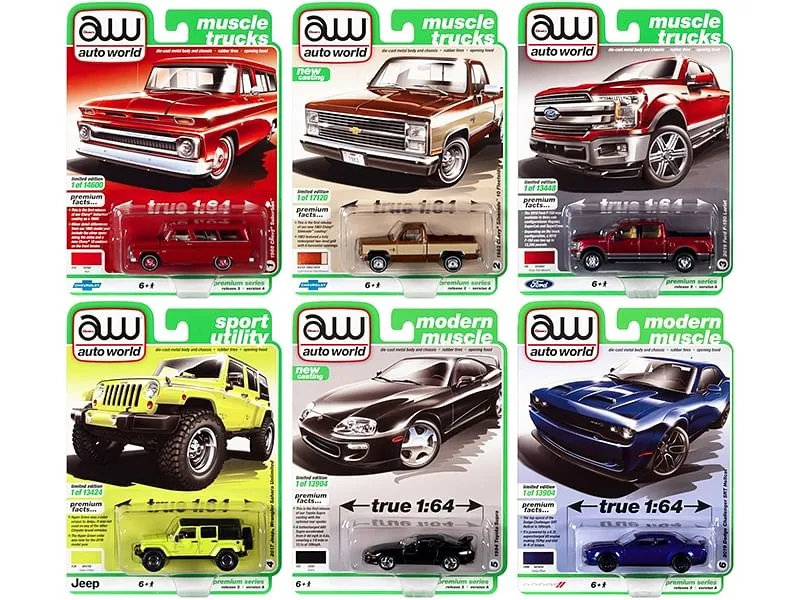
Different scales cater to different preferences and collecting styles. The 1:18 scale is popular for its large size and detailed features, ideal for displaying intricate models. The 1:24 scale provides a balance between detail and size, making it a favorite among many collectors. The 1:43 scale is often used for more affordable models, which makes it perfect for expanding a collection. The 1:64 scale is a common choice for toy cars and allows for a wide variety of models in a smaller space. The choice of scale depends on the collector’s preferences, display space, and budget.
Factors Influencing Value
Several factors determine the value of a diecast car. Rarity plays a significant role. Limited-edition models and those with a low production run tend to be more valuable. The condition of the model is also crucial. Models in mint condition with their original packaging are highly prized. The brand and the level of detail are other factors. Highly detailed models from reputable brands often command higher prices. Collector demand and the historical significance of the car can also affect the value. Some diecast cars can be worth a lot of money.
Top 7 Diecast Car Facts
Fact 1: Material Composition
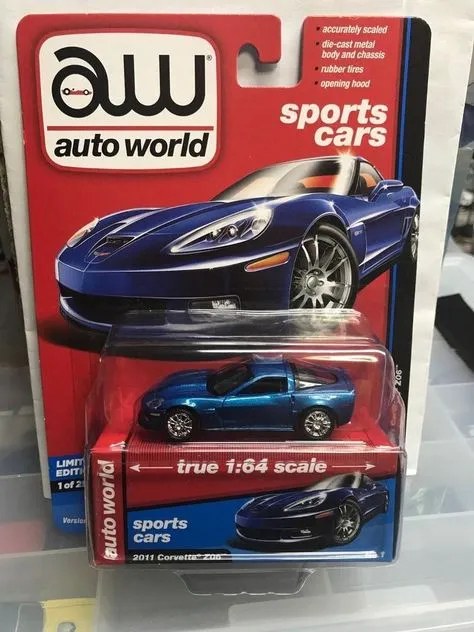
Diecast cars are primarily made from a zinc alloy, often referred to as Zamak. This material is ideal for die casting because it has a low melting point, allowing for intricate details. Zamak is a strong and durable material that can withstand the stresses of the die-casting process and the rigors of play or display. Some models may also incorporate plastic parts for the interior, wheels, and other details, while the chassis may be made of metal or plastic.
Fact 2: Scale Variations
Diecast cars come in various scales, with the most common being 1:18, 1:24, 1:43, and 1:64. The scale represents the ratio between the model’s size and the actual car’s size. For example, a 1:18 scale model is 1/18th the size of the real car. Each scale has its advantages, with larger scales allowing for greater detail. This variety caters to different collecting preferences and display space considerations, enabling collectors to build diverse and personalized collections.
Fact 3: Historical Significance
Diecast cars often replicate historically significant vehicles, capturing the essence of iconic cars from different eras. These models serve as tangible connections to automotive history, preserving the legacy of classic cars, race cars, and important prototypes. Collectors can own miniature representations of significant vehicles, celebrating their design, engineering, and cultural impact. This aspect makes diecast cars a popular way to engage with automotive history and celebrate the cars that have shaped our world.
Fact 4: Detailing Techniques
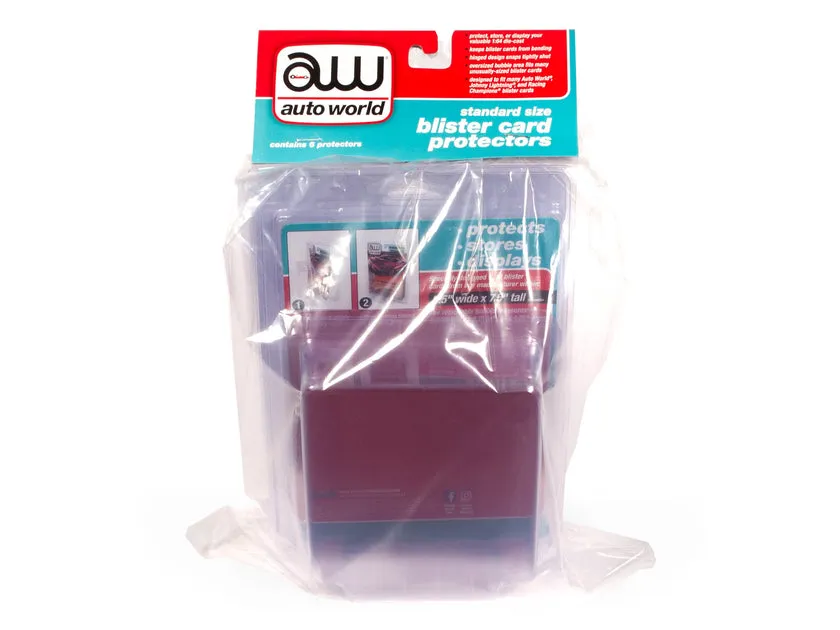
The detailing techniques used in diecast car production are remarkable. Manufacturers use advanced methods like tampo printing, photo-etching, and hand-painting to add intricate details. These techniques are used to replicate logos, badges, and fine body lines. Interior details are often meticulously reproduced with accurate seats, dashboards, and steering wheels. These detailed elements contribute to the authenticity and appeal of diecast cars, making them highly sought after by collectors. High-quality detailing sets the best models apart.
Fact 5: Brand Recognition
Certain brands have gained significant recognition within the diecast car community for their quality, detail, and historical importance. Brands like Hot Wheels, Matchbox, Autoart, and Minichamps are highly regarded for their exceptional craftsmanship. These brands have built reputations over many years, providing collectors with high-quality models. Collectors often seek out these brands when expanding their collections or seeking out specific models. Brand recognition provides reliability and assurance.
Fact 6: Rarity and Collectibility
Rarity and collectibility are significant factors that influence the value of diecast cars. Limited-edition models or those with low production runs become highly desirable. These models are often sought after by collectors. Special editions, promotional models, and cars with unique features are also highly valued. The scarcity of these models can drive up their value, making them prized possessions within the collecting community. This creates a dynamic market where collectors compete for the rarest and most sought-after items.
Fact 7: Maintenance and Preservation
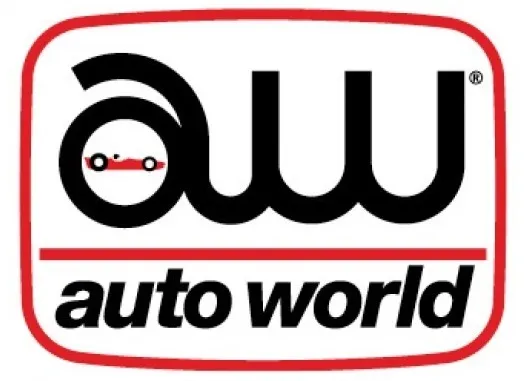
Maintaining and preserving diecast cars is essential for keeping their value and appearance. Collectors should store their models in a cool, dry place away from direct sunlight. Regular dusting and gentle cleaning with a soft cloth can help remove dust and debris. Avoid using harsh chemicals or abrasive cleaners. The original packaging is also important for preserving the model’s value. By taking care of their models, collectors can ensure that they remain in excellent condition for years to come, preserving their investment and enjoyment.
Where to Buy Diecast Cars
Diecast cars can be found in various locations. Collectors can often find what they need online or in physical stores. Knowing where to look can give you what you want.
Online Marketplaces
Online marketplaces like eBay, Amazon, and specialized diecast car websites offer vast selections and competitive prices. These platforms provide a convenient way to browse a wide range of models from different sellers. They also provide access to rare or hard-to-find cars. Before buying, always check the seller’s rating and read the item description. Online marketplaces are a good starting point for collectors.
Specialty Shops
Specialty shops and hobby stores are great places to find diecast cars. These stores often have knowledgeable staff who can offer advice and insights into different models. They may also have a selection of rare or vintage cars. Local shops allow you to inspect models before purchasing, ensuring you get the quality you desire. Supporting local businesses can add to the collecting experience.
